TRAINING TIME: Conditioning is much than going for long runs
CalHiSports Insights October 3, 2012 SportStars 0
It seems nowadays parents and coaches are more confused than ever on how to improve their athlete’s conditioning. More and more, we are seeing a prescription of shorter, higher intensity conditioning and a complete misuse of aerobic conditioning — if it’s done at all.
The rationale has been that what we do in sports is move fast and usually in a bunch of short, explosive sprints throughout the game. We are just wasting our time if we have our athletes develop their aerobic system using less intense methods, as this is non-specific and will just make our athletes slower.
Unfortunately this couldn’t be further from the truth. Yes, your athletes do need to work on the anaerobic component of their conditioning as it fuels their explosive movements. On the flip side, they also need to develop certain aspects of their aerobic energy system if they want to develop a high level of conditioning.
This is a complex subject and one that deserves more explanation than I will have space for in this article. So hopefully this leads those of you who train or give advice to young athletes on conditioning to spend more time educating yourselves on this subject before prescribing a conditioning protocol.
So what is conditioning? It really is a measure of how well an athlete is able to meet the energy demands of their sport, and is much more than just cardio.
Each sport requires a different combination of power (anaerobic) and endurance (aerobic). Notice how I said ‘combination’. Some train more on one side of the spectrum than the other, but still most fall somewhere in the middle.
With conditioning there are other factors that play a role in the energy system development of young athletes and an assessment of resting heart rate, heart rate reserve, anaerobic threshold, as well as recovery heart rate is just the beginning.
I believe we’re seeing the lower intensity workouts being bashed and condemned for being useless for most field and court sport. This is a huge misunderstanding. The aerobic system plays a key role in performance for all sports. I’m not condoning jogging long distances, as developing aerobic power is more complex than that.
In simple terms, the anaerobic system (without oxygen) produces energy at high rates for very short periods (sprinting). The result is an increase of metabolic byproducts in the muscles that make athletes fatigue faster. By solely relying on this energy system and ignoring the other energy systems in conditioning programs, athletes are missing a big component of conditioning.
The aerobic system (with oxygen) clears out these byproducts and restocks the mechanisms of an athlete’s anaerobic metabolism at a higher rate. This is the real key to developing the kind of conditioning that brings the competition to their knees.
To be effective, an athlete’s biological power must be improved, which includes cardiovascular, neuromuscular, metabolic and hormonal systems, including increasing the specific components of the aerobic system (oxygen supply from the cardiovascular system and oxygen utilization of the working muscles).
The level of biological power development is dependent upon the strategies implemented in their entire training program. These components combine for optimal improvement in aerobic power, as well as anaerobic and the athletes performance.
The key to increasing the aerobic power of athletes is to increase the amount of energy their body can produce with the aerobic system, as well as how effectively an athlete’s muscles can utilize this energy to generate power.
Unfortunately, many athletes lack conditioning because their aerobic power has never been developed properly and can’t produce nearly enough power. The result is decreased aerobic power and a lower level of conditioning.
It’s helpful to educate yourself or find a professional who will appropriately assess your athletes before throwing them through a conditioning program that could be getting them nowhere fast.
Tim Rudd is an International Youth Conditioning Association specialist in youth conditioning (level 3), speed and agility (level 2), and nutrition specialist (level 1). For more information on anything you read in Training Time, email him at Tim@Fit2TheCore.com.
SportStars
SportStars Magazine: High School Sports Articles Online SportStars is your go-to source for the very best high school sports articles in California. Player and team profiles, game coverage, health and fitness tips and the largest Camps, Clinics & Combine resource for athletes. We're the story behind the stats.

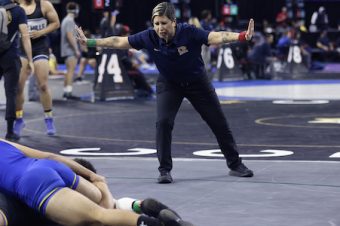
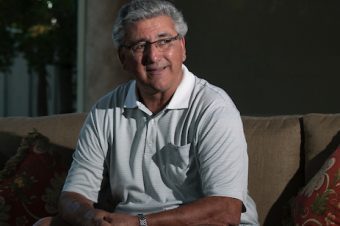


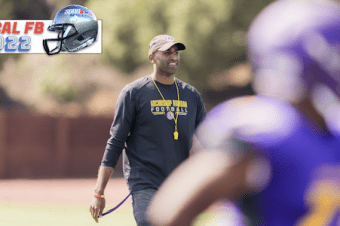
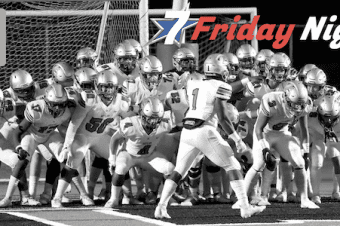

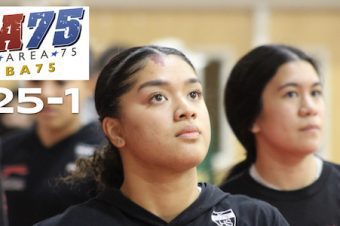

No comments so far.
Be first to leave comment below.